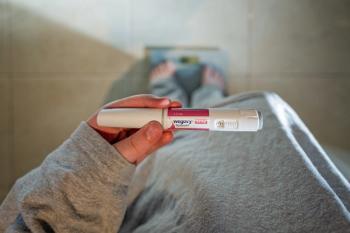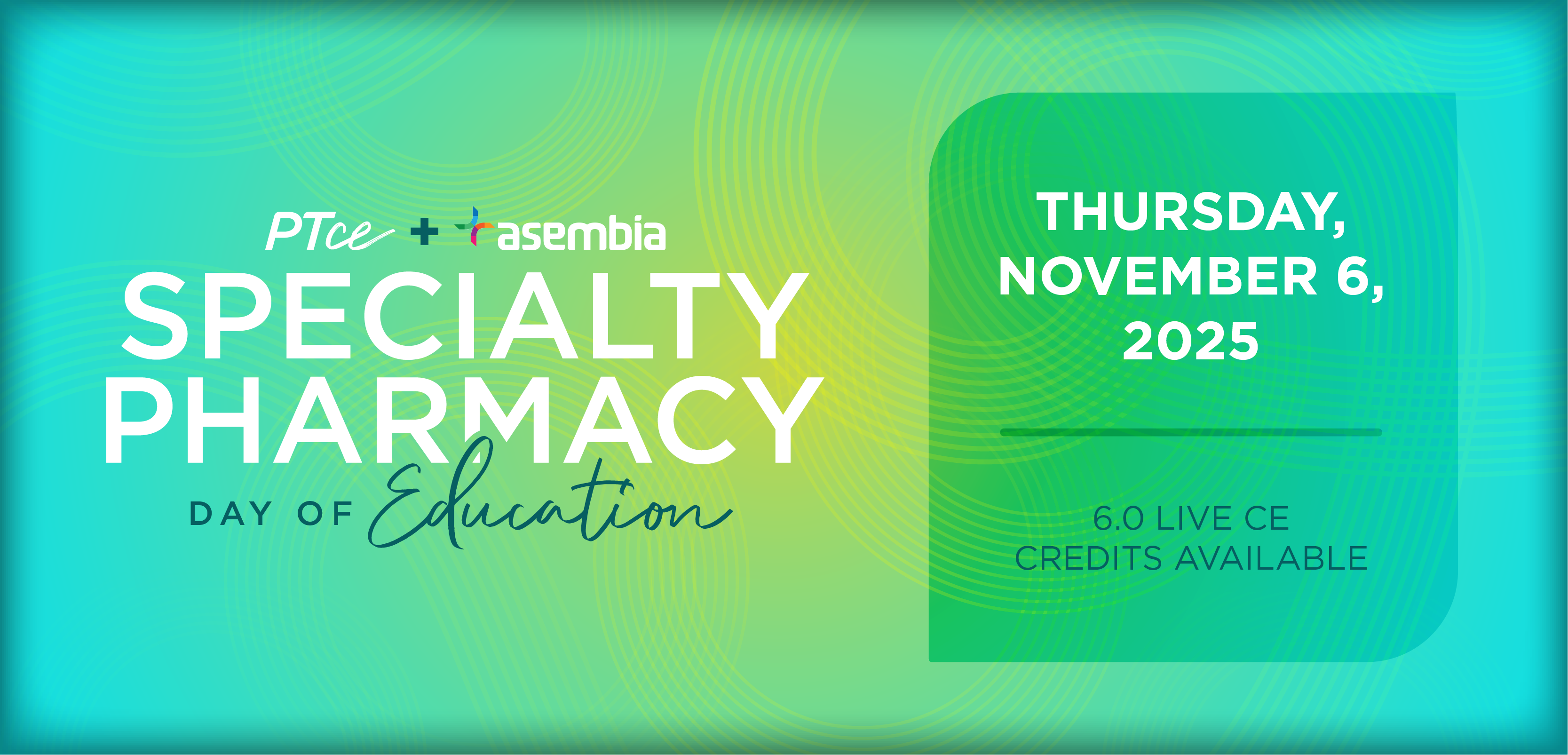
FDA Approves Anti-Clotting Drug for Atrial Fibrillation
The FDA has approved Daiichi Sankyo's anti-clotting drug, edoxaban (Savaysa), as a once-daily treatment to reduce the risk of stroke and systemic embolism in patients with non-valvular atrial fibrillation.
The FDA has approved Daiichi Sankyo’s anti-clotting drug, edoxaban (Savaysa), as a once-daily treatment to reduce the risk of stroke and systemic embolism (SE) in patients with non-valvular atrial fibrillation (NVAF).
“In patients with atrial fibrillation, anti-clotting drugs lower the risk of stroke by helping to prevent blood clots from forming in the heart,” said Norman Stockbridge, MD, PhD, director of the Division of Cardiovascular and Renal Products in the FDA’s Center for Drug Evaluation and Research, in a press release. “It is important to have a variety of these types of drugs available as options for patients.”
Atrial fibrillation, a common types of abnormal heart rhythm, occurs when the heart’s 2 upper chambers do not properly contract, forming blood clots that can break off and travel to various parts of the body, including the brain. Atrial fibrillation patients experience an abnormal, irregular, and rapid heartbeat.
The safety and efficacy of Savaysa in treating NVAF patients was studied in a clinical trial that enrolled 21,105 participants. The trial compared 2 dose levels of Savaysa with the anti-clotting drug, warfarin, to examine their respective effects on the rates of stroke and SE. The trial results indicated that the higher dose of Savaysa was comparable to warfarin in reducing the risk of stroke. Savaysa also demonstrated significantly less major bleeding compared with warfarin.
“Savaysa is an important new anticoagulant in the US and in the ENGAGE AF-TIMI 48 trial, Savaysa has been shown to reduce the risk of stroke and SE with significantly less major bleeding for patients with NVAF, and in the Hokusai-VTE trial, to treat DVT and PE with significantly less clinically relevant bleeding versus warfarin, the most commonly prescribed anticoagulant,” said Glenn Gormley, MD, PhD, senior executive officer and global head of R&D, for Daiichi Sankyo Co, Ltd, and executive chairman and president for Daiichi Sankyo, Inc, in a separate press release. “In addition, Savaysa offers the convenience of once-daily dosing, no need for routine blood monitoring and the flexibility to be taken with or without a meal.”
Savaysa was also approved to treat deep vein thrombosis (DVT) and pulmonary embolism (PE) in patients who have had an anti-clotting drug administered by injection or infusion, for 5 to 10 days. DVT is a blood clot that forms in a vein deep in the body, usually in the lower leg or thigh, while PE is a potentially deadly condition that occurs when a blood clot in a deep vein breaks off, travels to an artery in the lungs, and blocks the flow of blood.
The safety and efficacy of Savaysa in treating patients with DVT and PE was studied in a trial that enrolled 8,292 participants. The study again compared Savaysa with warfarin, examining the rate of recurrence of symptomatic venous thromboembolism (VTE) events in DVT and PE patients. In the trial, 3.2% of participants taking Savaysa had a symptomatic recurrent VTE compared with 3.5% of those taking warfarin.
The most common adverse effects observed in clinical trial participants were bleeding and anemia. Similar to other FDA-approved anti-clotting drugs, the most serious risk of Savaysa is bleeding, which may be life-threatening. No treatment has been proven to reverse the anti-coagulant effect of Savaysa.
Newsletter
Stay informed on drug updates, treatment guidelines, and pharmacy practice trends—subscribe to Pharmacy Times for weekly clinical insights.

















































































































































































































